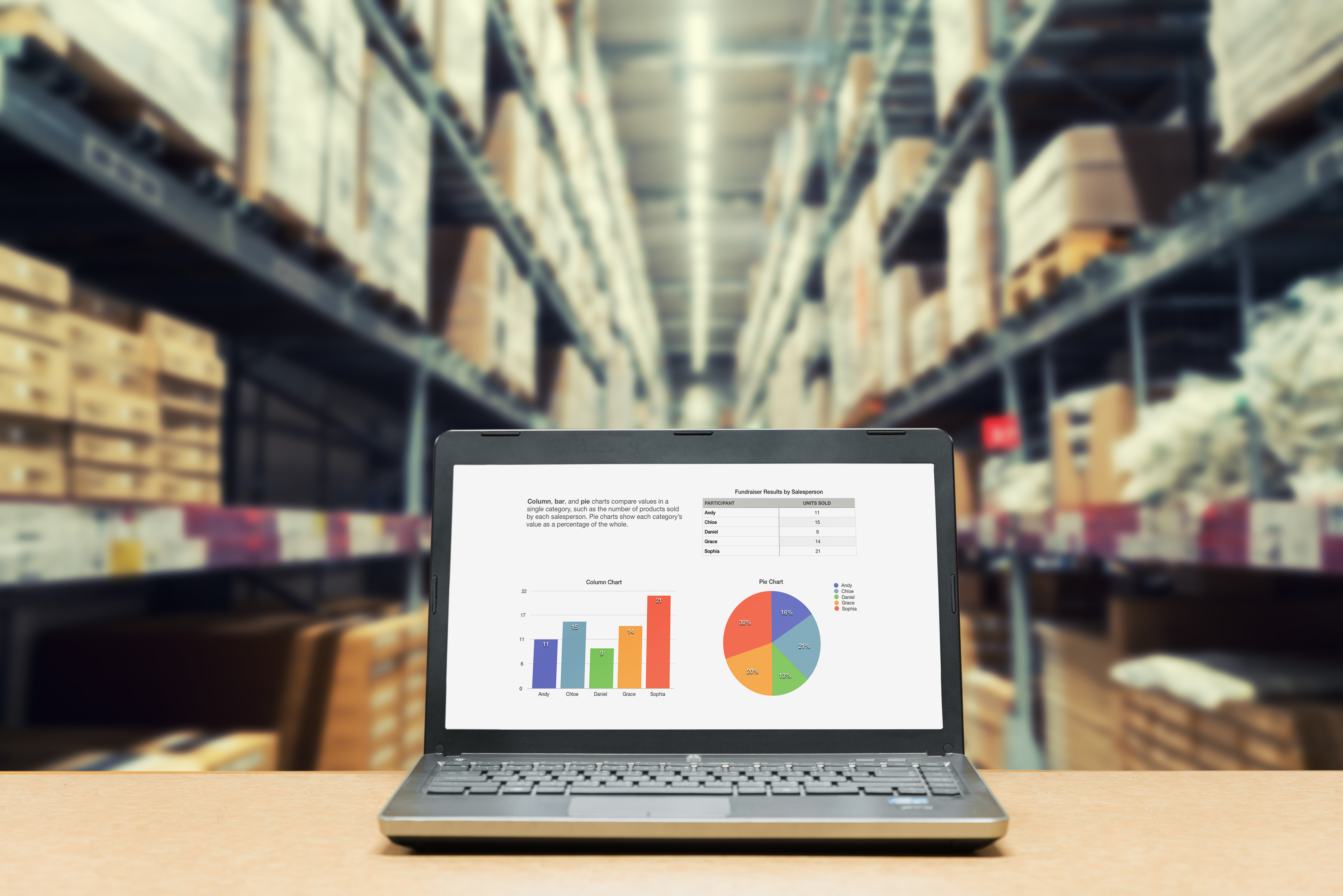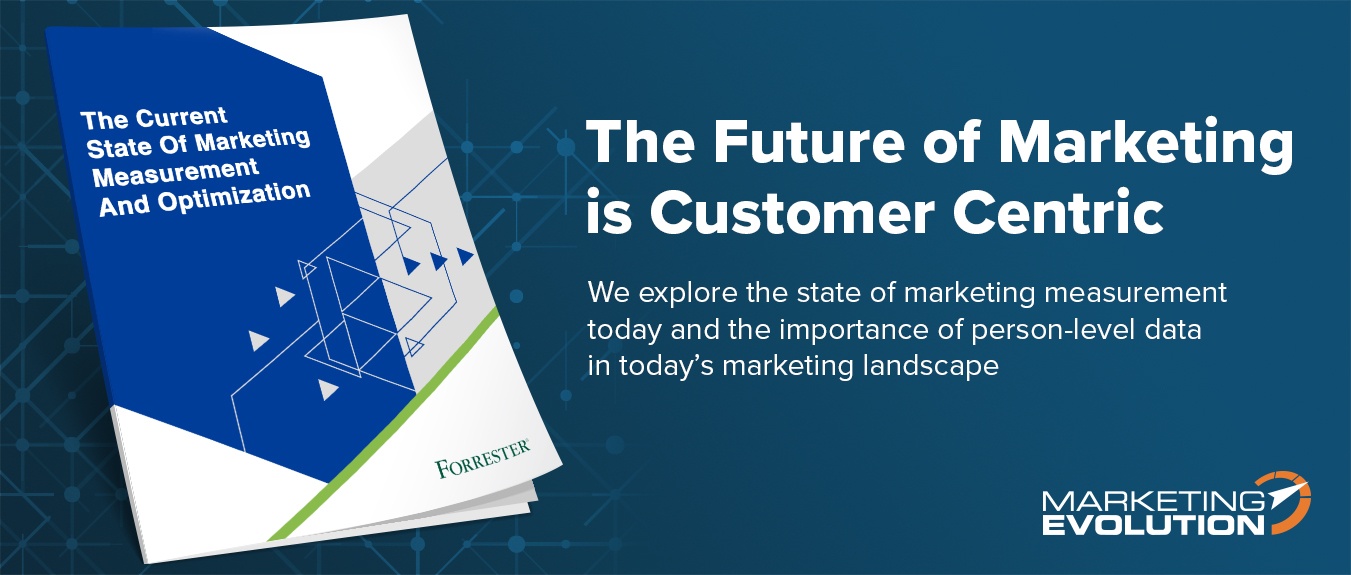Use Retail Analytics Tools to Understand Online & In-Store Shopping Habits
Modern retailers require an in-depth understanding of how their existing customers and prospects shop. Armed with the entire internet in the palms of their hands, consumers have unlimited information and options - leaving retailers clamoring to effectively engage and convert across a complex path to purchase.
For retailers, the message is especially loud and clear: Driving ROI and consumer loyalty is no longer as simple as being in a good location with competitive prices. Digital and mobile have rewritten the rules. Waiting is a thing of the past. Empowered shoppers don’t just expect, they demand excellent experiences that are seamless from screen to store.
How Analytics Tools Can Help Retailers Stay Competitive
Digital has disrupted long-established retail shopper habits and changed the way business is done. To adapt, retailers need to focus in on analytics to understand consumer habits, both online and offline — and align marketing strategy to deliver on the demands of omnichannel shoppers.
Retail analytics tools will allow you to evaluate your customers’ path to purchase to understand what campaigns are working, why some shoppers may be abandoning their cart, or during which seasons your target audience is most active.
Learning from these insights and patterns, retailers can dictate how they market to prospects, engage existing customers, and illuminate inventory needs - ensuring optimized spend.
The Current State of Retail Consumer Habits
Today, 73% of consumers use multiple channels to make a purchase. Think about it this way: if a shopper walks into a brick-and-mortar store and purchases a pair of sneakers, it’s highly unlikely that the path to purchase was linear.
Instead, that person probably engaged with a variety of online and offline touchpoints related to sneakers. From there, the shopper may have researched online, searching for the ideal style and price range. Finally, after a thorough investigation of products, pricing, reviews as well as locations that carried the desired sneakers, the shopper visits a local retail store to complete the purchase.
If you’re like most people, this scenario sounds familiar. For marketers, this particular example highlights one instance in the many ways a consumer engages with a brand, becomes interested in a particular product or service and reaches a buying decision. The problem? This is just one path in a complex, highly individualized journey. Consumers engage with myriad channels and touchpoints every day - and no combination is exactly the same. In fact, it takes upwards of six to eight unique touchpoints to convince a consumer to convert.
Retailers need the ability to deliver rich, relevant engaging experiences at every stage of the journey -- meeting consumers with the products and services they want, with relevant, attention grabbing messaging—at the very moment the consumer needs them. It sounds simple enough, but we all know the reality. This is where your retail analytics tools comes in.
What Tools Go into Retail Analytics?
We have discussed using your data, and specifically analyzing this data to inform your customer engagement and experience strategy. But where does this data come from? Chances are that you already have several marketing analytics tools in place. Many retailers will have deployed solutions such as:
- Email Marketing Solutions: These solutions provide data on open rates, click through rates, times when consumers will engage with brands, and more.
- Content Management Systems: Get data on which content is most engaged with by your customers and prospects based on traffic. You can also better understand which devices they are viewing this content on.
- Customer Relationship Management Solutions: Build customers profiles to understand their path to purchase, where their local store is, what they have purchased in the past and when.
- In-Store and eCommerce Point of Sale Software: Many of these solutions will provide insight into shopping trends, customer counts, returning customers, and more.
- Customer Loyalty Cards and Applications: Loyalty cards or custom applications can provide data on when customers are active, their location, and their preferred products.
- Location Data / Beacons: Some stores might use location-based marketing tools such beacons or other forms of geospatial data to know when a prospect is near their store, or which aisles they are browsing within the store.
-
Second or Third Party Data: Some businesses might also leverage second and third party data gained through partnerships or by purchasing lists. This is often done to get visibility into offline campaigns, such as billboards or television ads.
All of these tools offer retailers the information needed to make data-driven decisions about the way they approach marketing campaigns and customer experience initiatives. The problem for many retailers and marketers is that the data from each platform only gives a snapshot of how their customers are engaging with their brand or product. To get the most out of this data, retailers need a centralized view of this information. Otherwise, they risk creating a disparate, clunky customer experience based on siloed data - which not all team members have access too.
Especially challenging is integrating the data collected on digital channels, with data collected in-store, or through offline marketing tactics like magazine or TV ads. integrating all of this information is critical to omnichannel customer experiences.
Using Analytics Tools to Drive Omnichannel Experiences
The customer experience is the future of retail -- a full 54 percent of retailers now view it as their top priority. Fortunately, today’s retailers have the power to respond to this paradigm shift with rich, branded experiences that carry through from screen to store.
The power lies in omnichannel marketing. With omnichannel marketing, retailers can unify siloed online and offline marketing strategies and data to create seamless, relevant experiences from discovery to purchase -- a game changer that is fundamental to winning not just sales, but also consumer loyalty.
At a time when fleeting shopper attention spans grow shorter by the year, an omnichannel strategy also ensures that your retail brand stays top-of-mind and decreases the likelihood of losing the sale to a competitor.
Driving Retail Sales with Unified Analytics
Today’s multi-channel consumer landscape, combined with the 10,000 marketing messages consumers receive each day means retail brands need to stand out amid fierce competition and drive not only sales, but brand loyalty across the channels, touchpoints, and devices that consumers use most.
To bring these vital and dynamic pieces together in harmony, today’s top retailers leverage omnichannel marketing strategies, unified marketing measurement and advanced marketing analytics.
Unified Marketing Measurement Empowers Retailers with a Single Source of Truth
To provide the experiences that retail consumers demand -- the ones that drive online and in-store retail sales -- marketers need deep and complete insights about shopper interactions both online and offline, combined and distilled into a single source of truth using person-level data. This requires retail analytics tools that leverage unified marketing measurement (UMM).
Unified measurement is the passage that bridges the gap between the linear shopper journey of the past and our omnichannel future. UMM delivers a clear and cohesive view of the channels and touchpoints driving ROI, as well as how those channels interact with each other to drive conversions. Armed with this precise, person-level intelligence, marketers can optimize strategy.
By analyzing data holistically, retail marketers gain the dual benefit of strategic insight and tactical decision-making that guides planning, combined with methods to best match creative, copy, and messaging across touchpoints.
Investing in the very best team, tools, and technologies to create a unified picture of marketing’s effectiveness will produce exceptional consumer experiences, marketing efficiencies, and results.
Advanced Retail Analytics Tools Deliver Accurate, Timely Data
To transform insights into opportunity, it’s crucial to have a data analytics platform capable of collecting big data -- accurate, up-to-date, highly detailed consumer information -- and converting that wealth of data into actionable insights in a timely manner. Think about it, you can have all the data in the world, but if you have no idea what it means, or if the data is inaccurate and out of date, what purpose can it serve to the marketer who needs deep insights fast?
Final Thoughts
Our entire worldview about retail has changed. Yes, consumers still want and need products and services, and commerce is growing steadily -- but the path to purchase is far more complicated and immediate. Even while inside stores, shoppers are glued to smartphones, demanding relevant, consistent experiences instantly at every touchpoint, and challenging retailers to keep up.
To attract and retain customers, drive in-store and online marketing ROI and loyalty, retailers need to present their “A” game throughout the path to purchase, using insights garnered from various data sources, centralized into a holistic view of customer and business needs. This is achieved by integrating your various data using sources, unified marketing measurement and analytics tools. To learn more about how analytics tools will play a role in retail success, download our report The Future of Marketing Intelligence in Retail: Understanding the Omnichannel Customer Journey.





















